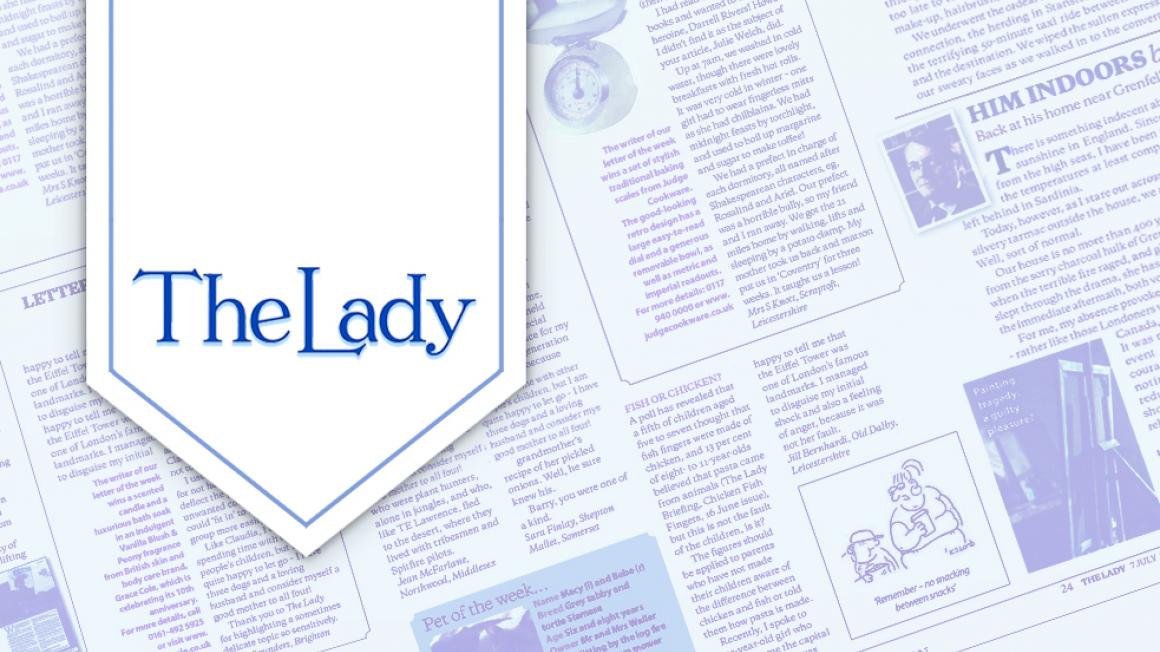A very, very nice house in the country
As an increasingly urban society we need to escape to the country more than ever. Motorways and cheap flights make it easy to nip to Burford or to Burgundy, Tipperary or Tuscany for a long weekend. But of course, easy access from around the world can make a place feel less rustic.
In Britain particularly, those who go to the country for weekends don’t always use local amenities. So many pubs, post offices and shops have closed over recent years that the life has been taken out of the village. All too often country houses are over-modernised and restored, with small rooms being knocked together to create a huge space, complete with shiny American fridge and Damien Hirst prints.
 Clockwise from left: Colourful upholstery and artwork brighten a Corsican home; family portraits hang beneath an ornate ceiling in this Swedish castle; understated comfort in classic French style
Clockwise from left: Colourful upholstery and artwork brighten a Corsican home; family portraits hang beneath an ornate ceiling in this Swedish castle; understated comfort in classic French style
We are merely visitors and temporary residents in old country houses and we should not alter them irreversibly. After all, fashions change – what would once have been considered a well-decorated country house in the 1970s might now make us wince.
Stafford Cliff’s book The Way We Live: In The Country ‘shows rural dwellings from all over the world where the new owners have kept the character of the place intact’. Things are not falling to pieces but the furnishings are completely in keeping with the house. Country furniture was always simple and unfussy. One owner featured in the book has furnished his house in Provence with oak furniture – both old and new – displayed against plain white walls. The feel is of harmony and continuity. A cottage in Wales has been spruced up, but only cosmetically. Cliff admires its overgrown, woody garden as an antidote to town-park formality.
Also in the book are country houses in regions where very few tourists go: farmhouses in Bohemia, their exterior painted yellow with white plasterwork patterns; small towns in the outback of Australia, and shop fronts in rural Ireland and Spain, kept in the same family, unchanged for generations.
 Clockwise from top left: A restored Huguenot house in New York; Toile de Jouy wallpaper and fabric epitomise French chic; Terracotta tiles and rustic furniture define a rustic kitchen in Chile
Clockwise from top left: A restored Huguenot house in New York; Toile de Jouy wallpaper and fabric epitomise French chic; Terracotta tiles and rustic furniture define a rustic kitchen in Chile
A house in the country has a different meaning from a country house. In Europe, the latter can be interpreted as a huge mansion on a large estate, the repository of the wealth and taste of the aristocracy and moneyed classes. In The Way We Live: In The Country, there are reasonably sized manor houses in England, châteaux in France and classical Gustavian houses in Sweden that seem easily manageable today.
In the USA we see wooden colonial country houses in upstate New York painted red, and clapboard houses painted white in New England, all according to the Greek and Roman rules of architecture.
As broadband speeds increase and video-conference business meetings become more acceptable, let’s hope the need to pound up and down motorways and wait in thronging departure lounges will become a less frequent way of spending valuable time.
 Left: White floorboards, green glassware and a stick-back chair give sheer simplicity. Right: A muted theme enhances an elegant house in Provence
Left: White floorboards, green glassware and a stick-back chair give sheer simplicity. Right: A muted theme enhances an elegant house in Provence
Leo Tolstoy’s words are still something to aim for today, even though the countryside has radically changed since he wrote this 150 years ago: ‘A quiet secluded life in the country, with the possibility of being useful to people to whom it is easy to do good… then work which one hopes may be of some use; then rest, nature, books, music, love for one’s neighbour – such is my idea of happiness.’
The Way We Live: In The Country by Stafford Cliff is published by Thames & Hudson, priced £19.95.



